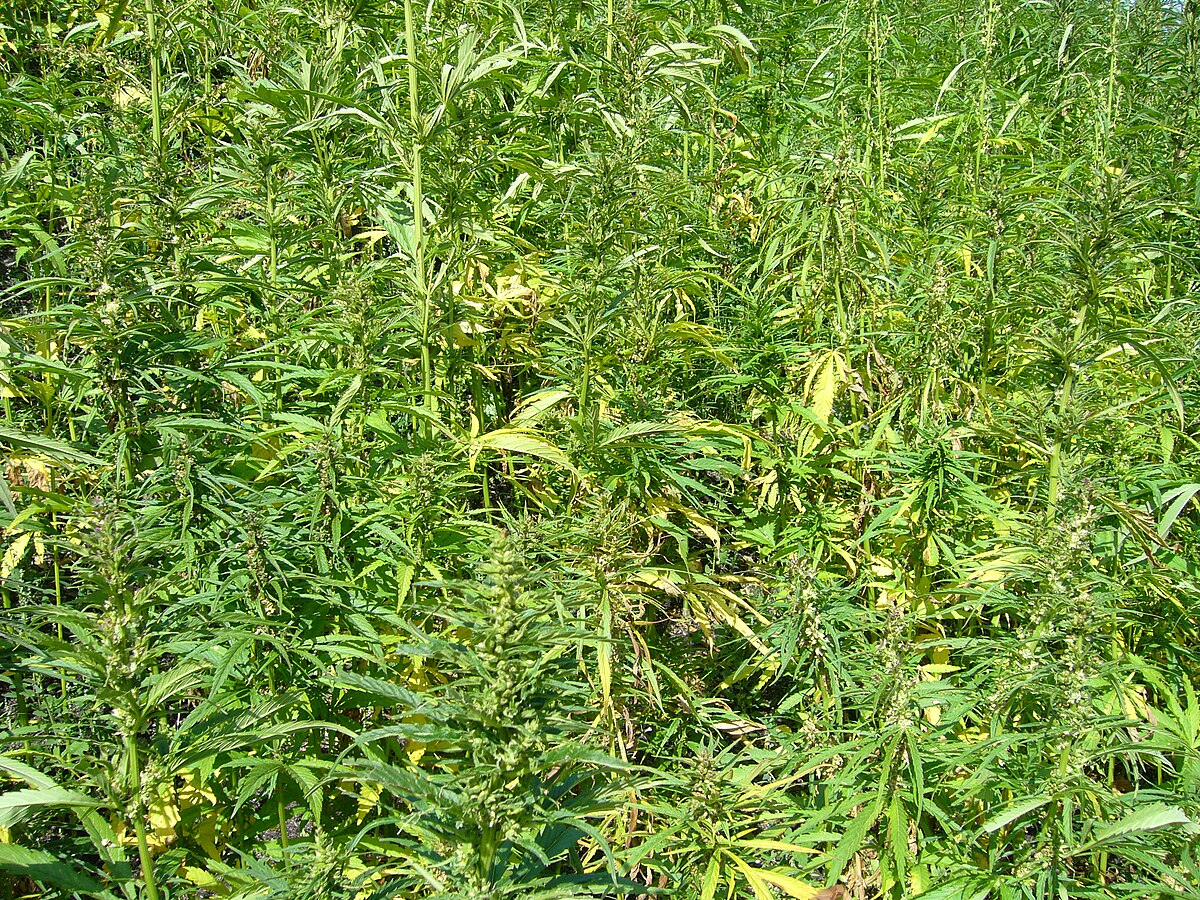
Wikipedia, Nabokov, Public Domain
Building with Hemp: A Circular Path to Ireland’s Climate Resilience and Beyond
By Walter Brennan, MSc
Sign up for our monthly newsletter!
I reland’s landscape is steeped in tradition, but the terrain of its future must be shaped by innovation. As the nation faces steep greenhouse gas (GHG) reduction targets set for 2030, the stakes are high—both environmentally and economically. The Environmental Protection Agency (EPA) warns of multibillion-euro fines from the European Union if current trajectories are not altered. Together, the Built Environment and Agriculture account for over 70% of Ireland’s emissions. Yet traditional carbon accounting still overlooks one of the most impactful factors: the embodied carbon of the materials we build with.
What if the solution to this emissions conundrum could be found not in imported technologies, but in the soil itself?
This question led to an exploration of one of the world’s oldest crops—Cannabis Sativa Linn, commonly known as hemp. Grown domestically, processed sustainably, and deployed innovatively, hemp-based building materials offer a remarkable opportunity to address emissions across sectors. They combine low embodied energy with high carbon sequestration capacity, making them an ideal candidate for Ireland’s shift toward a circular economy—an economy in which waste becomes a resource, and carbon is not emitted, rather stored.
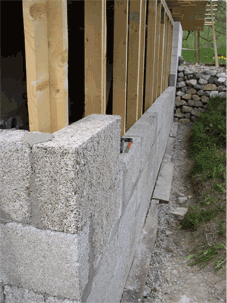
While concrete, steel, and other conventional materials dominate construction, they come at a steep environmental cost. These materials carry an enormous, embodied carbon load—emissions associated with their extraction, processing, and transport. Hemp, by contrast, is an agricultural powerhouse. Fast-growing and soil-restorative, it pulls CO₂ from the air as it grows, locking it into the soil and hemp’s fibers and ultimately into the walls, floors, and insulation of buildings.
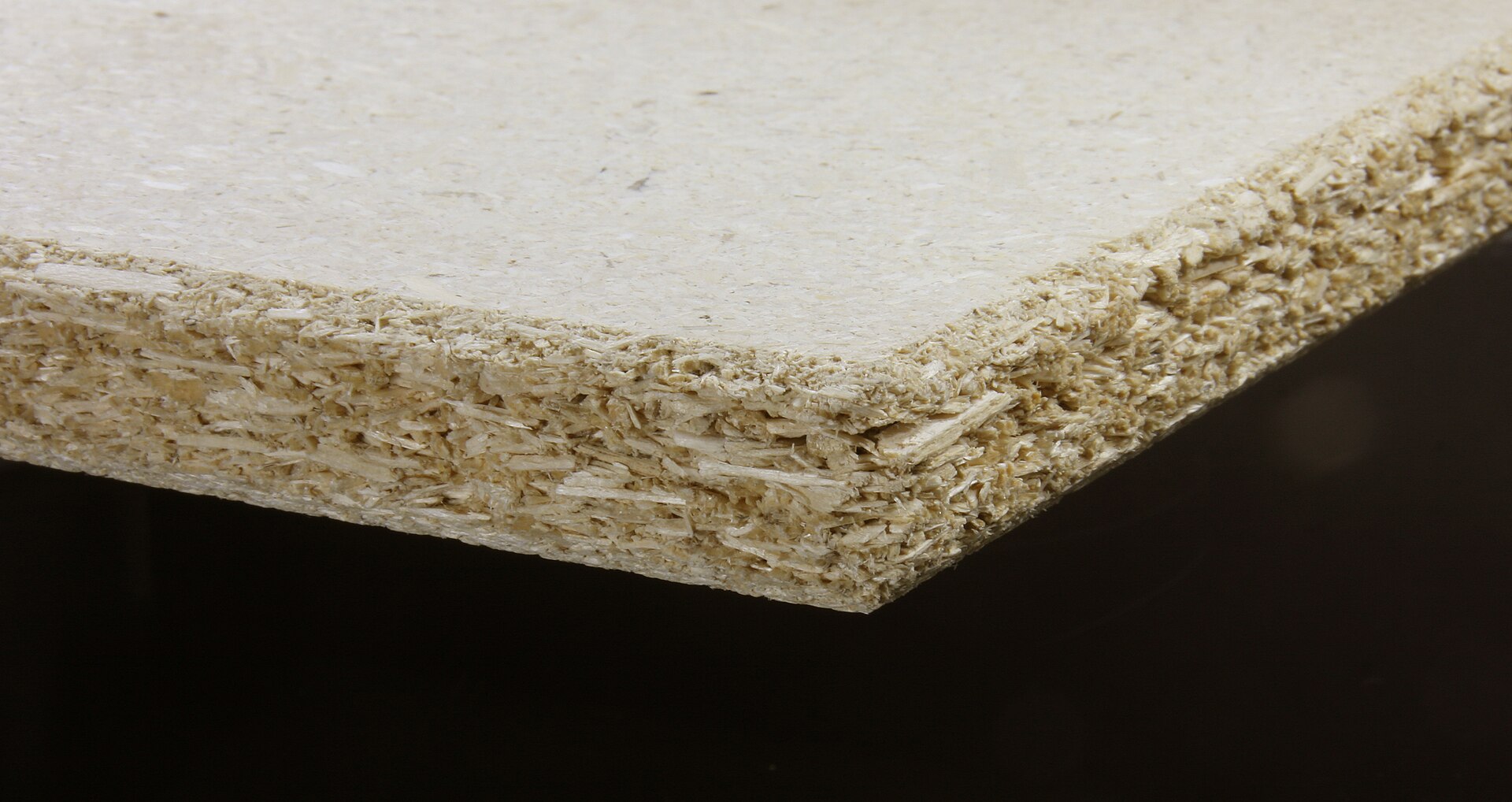
Calculations from this research demonstrate that dedicating just 11% of Ireland’s agricultural land to hemp cultivation for a single year could sequester enough carbon to fully offset the country’s emissions overshoot. This is not a far-off fantasy. It’s a tangible, shovel-ready mitigation strategy—one that simultaneously restores soil health, provides farmers with sustainable income streams, and radically reduces the climate burden of our buildings.
Methodology: Design Meets Ecology
The research followed an Applied Design approach using the Double Diamond Design Process—an iterative, problem-solving methodology common in innovation and systems design. It moved through four key stages: Discover, Define, Develop, and Deliver.
The early phases involved rigorous literature reviews and assessments of Ireland’s emissions profile, international best practices, and the material science of hempcrete and hemp-based construction composites. This was paired with two nationwide surveys gauging public awareness and openness to sustainable materials. The surveys revealed broad support for climate action, but limited familiarity with hemp’s potential. A strategic opportunity was clear: public education could tip the scale.
The outcome of this process was the Hemp Emission Mitigation Plan (HEMP)—a policy and practice roadmap for deploying hemp across Ireland’s construction and agricultural sectors. It includes practical, regulatory, and communicative steps for scaling hemp adoption.
Policy Barriers and Perception Gaps
Despite its ecological advantages, hemp remains legally and socially constrained. Ongoing conflation with narcotic cannabis has left industrial hemp tightly regulated, with bureaucratic hurdles limiting farmers, processors, and builders. These outdated regulations not only stifle innovation—they jeopardize Ireland’s ability to meet its own climate targets.
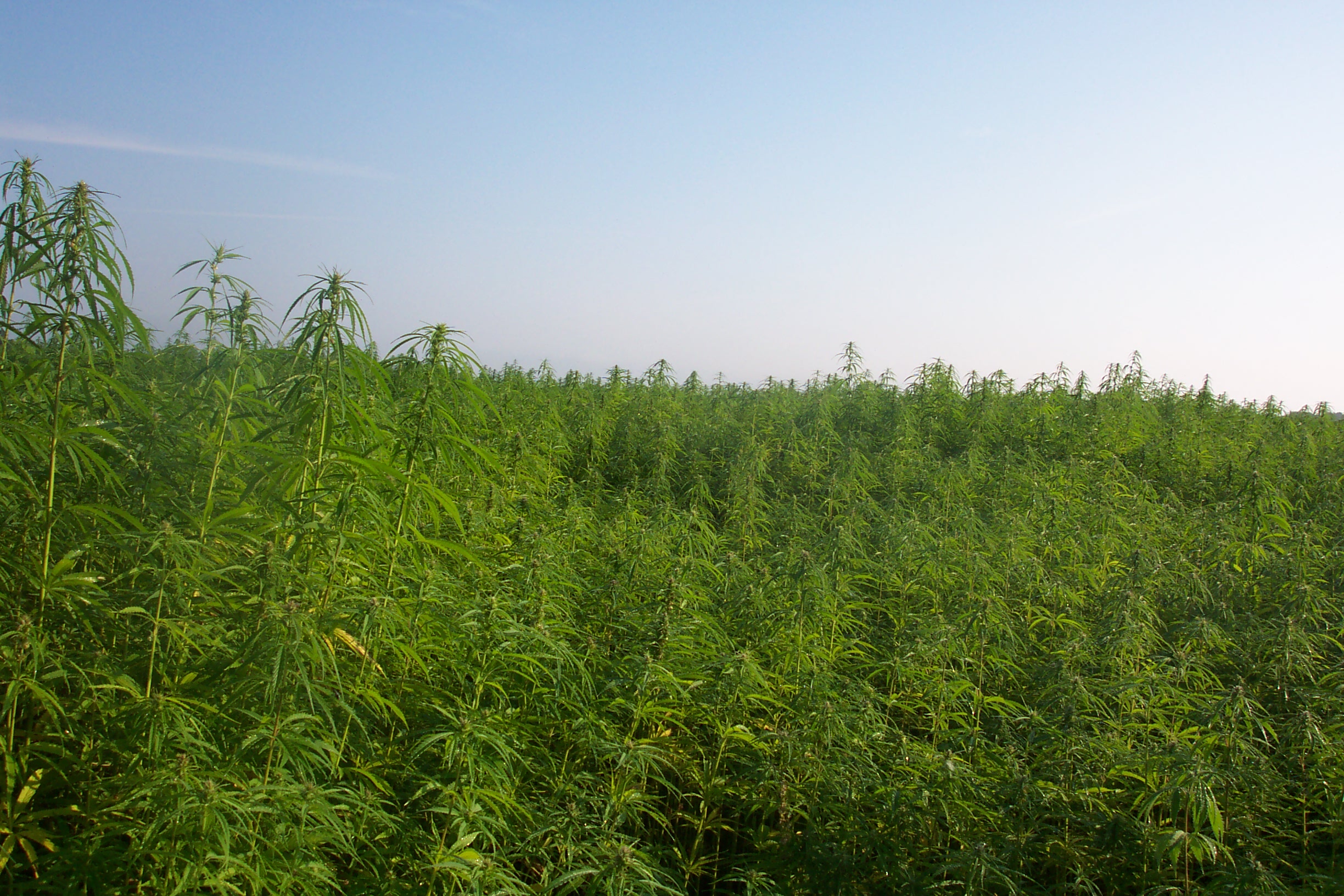
The surveys conducted during this research also revealed that while Irish residents are deeply concerned about climate change, many are unaware of hemp’s role as a carbon sink and building material. This signals a need for a strategic cultural shift. If the scent of turf fires is etched into the memory of Ireland’s past, could the subtle vegetal aroma of lime-mixed hemp one day characterize a new era of Irish environmental stewardship?
Toward a Circular Future
The research concludes that hemp is not simply a niche alternative—it is a foundational solution. It links agriculture, architecture, and carbon strategy in a way few other materials can. With the right support, hemp can become a cornerstone of Ireland’s circular economy.
The HEMP framework outlines the following core recommendations:
- Regulatory Reform: Amend legislation to clearly distinguish industrial hemp from cannabis. Unlock cultivation and processing capacity through science-based policy.
- Economic Incentivization: Provide financial mechanisms—subsidies, grants, and tax incentives—that empower the construction sector to transition to bio-based materials.
- Educational Initiatives: Launch public awareness campaigns to communicate hemp’s environmental and economic value, and dispel stigma through science and storytelling.
- Carbon Accounting Reform: Modernize emissions reporting to include embodied carbon and carbon storage, enabling better comparisons and more informed policy.
A Regenerative Way Forward
Ireland’s climate future may well be growing in its fields. Hemp offers a regenerative, low-carbon, circular strategy to cut emissions, restore soils, and build resilience—both in our homes and in our national identity. In an era where every ton of carbon counts, rethinking the materials that shape our buildings could shape a more hopeful horizon.
If we are to plant the seeds of tomorrow, hemp might be one of the most fertile places to begin.
Walter Brennan, MSc, is a sustainability researcher and environmental advocate specializing in low-carbon building materials and circular economic strategies. His work focuses on reducing greenhouse gas emissions in the built environment and agriculture sectors.

References
Ahmed, F., Islam, Z., Mahmud, S., Sarker, E. and Islam, R. (2022) ‘Hemp as a potential raw material toward a sustainable world: A review’, Heliyon 8(1) p. e08753.
Available at: https://www.cell.com/action/showPdf?pii=S2405-8440%2822%2900041-X
Brennan, W. (2025) ‘Hemp-based building materials: A circular economic strategy to mitigate Ireland’s Built Environment and Agriculture emissions’. Centre for Alternative Technology and University of East London, in fulfillment of MSc dissertation in Green Building
Government of Ireland (2024). ‘Climate Action Plan’. p. 36. Gov.ie. Available at: https://www.gov.ie/pdf/?file=https://assets.gov.ie/296414/7a06bae1-4c1c-4cdc-ac36-978e3119362e.pdf#page=null (Accessed 12th February 2025)
Ireland’s Environmental Protection Agency (2024). Ireland’s Provisional Greenhouse Gas Emissions. version 6.
Available at: https://www.epa.ie/publications/monitoring–assessment/climate-change/air-emissions/EPA-Provisional-GHG-Report-Jul24-v6.pdf (Accessed 12 January 2025)
Irish Green Building Council (2022). Building a Zero Carbon Ireland – A roadmap to decarbonise Ireland’s Built Environment across its Whole Life Cycle. IGBC.
Available at: https://www.igbc.ie/wp-content/uploads/2022/10/Building-Zero-Carbon-Ireland.pdf (Accessed 13 February 2025)
Muttil, N., Sadath, S., Coughlan, D., Paresi, P., and Singh, S. (2024) ‘Hemp as A Sustainable Carbon Negative Plant: A Review of Its Properties, Applications, Challenges and Future Directions’. International Journal of Integrated Engineering, 16(2), pp. 1-12
Available at: https://vuir.vu.edu.au/48906/1/Hemp%20_as_A_Sustainable_Carbon_Negative_Plant.pdf
Osho, M., Ajayi, F. and Alade, B. (2024) ‘Innovative Building Materials for decarbonisation: From carbon negative solutions to circular construction practices’, International Research Journal of Modernization in Engineering Technology and Science, 6(9), pp. 2724-2741.
Available at: https://www.doi.org/10.56726/IRJMETS61835
Struik, C., Amaducci, S., Bullard, M.J., Stutterheim, N.C., Venturi, G. and Cromack, H. (2000) ‘Agronomy of fibre hemp (Cannabis sativa L.) in Europe’. Industrial Crops and Products, 11(2-3) pp. 107-118.
Available at: https://doi.org/10.1016/S0926-6690(99)00048-5
Plantings
Issue 47 – May 2025
Also in this issue:
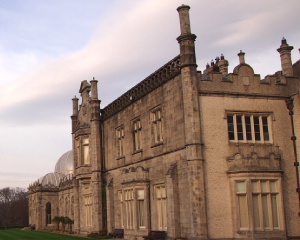
Haunted Histories in the Garden: A Sonic Journey Through Killruddery
By Joseph Young
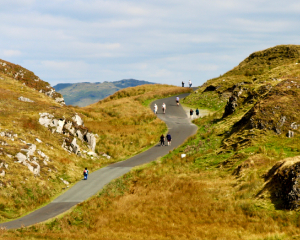
Protecting Ireland’s Blanket Bogs
By Dr Margaret Flaherty and Dr Gary Goggins
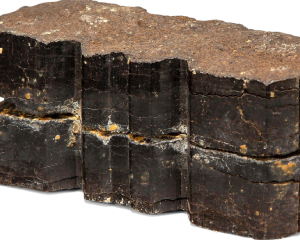
Joseph Beuys and the Bogs of Ireland
By Gayil Nalls
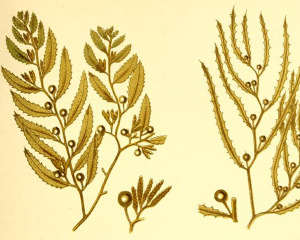
The Women Who Found Liberation in Seaweed
By Cara Giamo

Scent and Synapse: Aromatic Flora and the Mechanisms and Power of Memory Recall
By Gayil Nalls

Eat More Plants Recipes:
Savory Spinach Pie
By Caterina Gandolfi
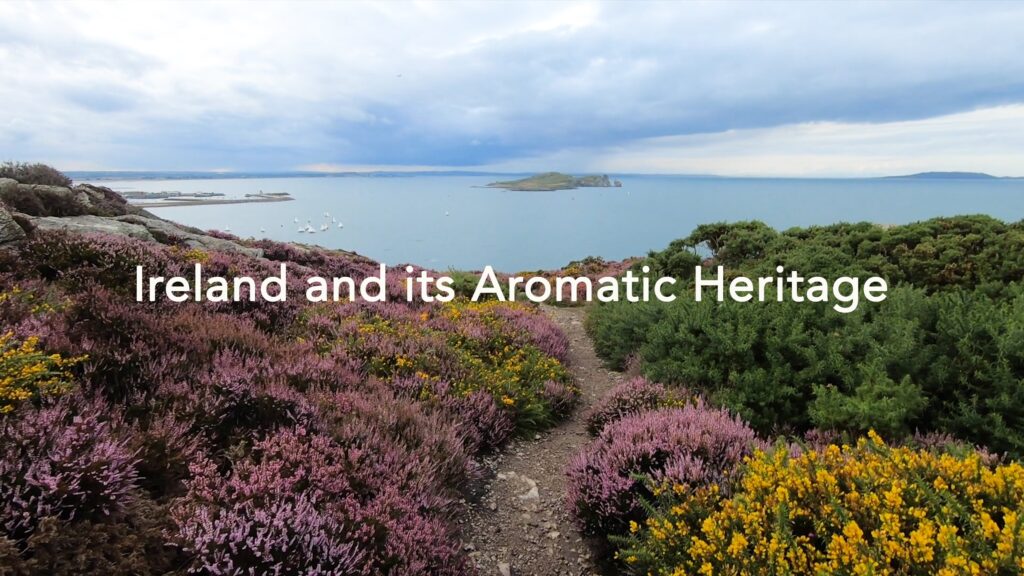
As Ireland transitions from the rich, smoky scent of peat-burning to a more sustainable future, its olfactory heritage is evolving. What will become the next iconic aromatic symbol of Ireland?
Click to watch the documentary trailer.

